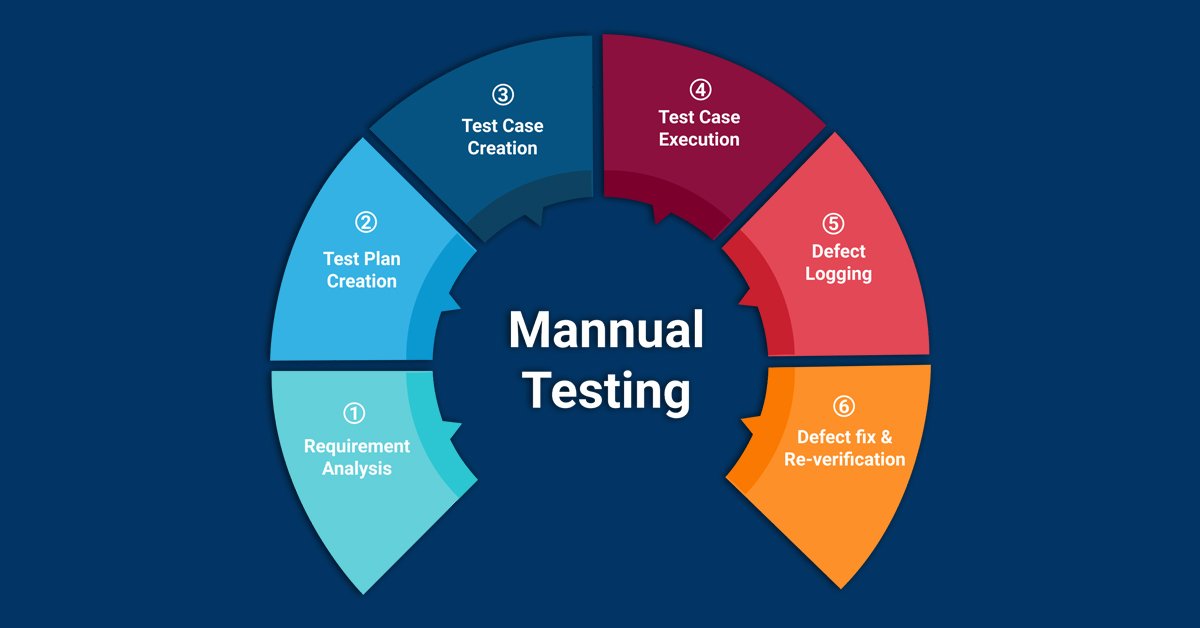
All About How to Test Web Applications in 6 Steps

In computing, software refers to a variety of programs that run computers and other embedded devices. Nearly all software and content undergo manual testing. Prior to release to end users, the software needs to be tested for correct behavior.
Software is manually tested for deficiencies through manual testing. It requires a tester to take on the role of an end user, using the application's features to ensure appropriate behavior. A test plan is usually followed by the tester to ensure the completeness of testing by taking them through significant testing scenarios. The responsibilities of a manual tester differ from organization to organization.
Why is a manual tester still necessary?
A software or application that is unstable, for instance, having a bug or certain issues, causes problems for end users whenever it appears on the market. A manual tester prevents this from happening. Manual testing eliminates such problems by making the application completely bug-free and stable, and then delivering a quality product to the client. Manually testing an application will ensure its bug-free, enabling an end user to use it more conveniently.
Manual testing can provide the manual tester with insight into the end-user's perspective and give him/her a much better understanding of the product, allowing them to write error free test cases and give quick feedback about the application.
What are the responsibilities of a manual tester?
- - Writes, analyses and executes test cases to find system bugs and usability issues in a certain software or application
- - Has to conduct and manage review meetings within and among the team
- - Checks consistency of the program across devices, browsers, and operating systems
- - proofreads all the software related documents and understands what in particular needs to be tested
- - In some cases, also covers test automation tasks
- - Improves test cases and prioritizes the various testing activities
- - Provides inputs on high-level test scenarios, challenges, risks, resources, test estimates during test planning
- - Carries out reversion tests every single time when some deviations are made to the primary code in order to fix defects that might arise
- - Implements all the test cases, reports flaws and also describes rigorousness and importance for each defect
- - Analyzes requirements and prepares a query list. In case incomplete requirements a manual tester asks meaningful questions that will yield more information and help perform testing effectively
Manual testers are involved in an array of activities, even though the above statement sounds simple. Among the prominent ones are:
While testing an application, a tester must adhere to a plan and document what needs testing and what has already been tested. Manual testers create test strategies, test scenarios, RTMs, test cases, etc. As a result of these documents, all future manual testing activities by the quality assurance team will have a concrete base.
Execution of test cases: Once created, the test cases are executed and the status of each and every test case is maintained
Reporting errors: If a test case malfunctions, a manual tester must log the error along with the appropriate steps and other information so that developers or other testers can easily reproduce it.
Regression testing and retesting: After any bug has been fixed, the testing team retests the issues to make sure that they have been fixed correctly. To ensure that these bug fixes do not affect other features or the software flow, regression testing is performed.
As well as these affairs, a manual tester should also participate in requirement grooming calls and release planning to understand the features being developed and to estimate the testing tasks.
What are the skills of a manual tester?
Employs critical thinking skills to analyze bug reports and prioritize necessary tests, e.g. which information to include in daily status reports, while simultaneously prioritizing and estimating task execution. May interact directly with project team members, stakeholders, and clients, and work closely with the entire team.
Makes sure the reported issue is reproduced and that critical bugs are fixed, and afterwards understands how the bug has been fixed. Programming skills, including coding, general knowledge of the field for extracting data for tests, as well as web services and general web development skills are pluses.
The purpose of a manual tester is to ensure that the product adheres to the guidelines established by the testing teams or the development teams during each stage of the software advancement process. Before new items are released to the general public, a quality assurance tester tests them to guarantee they work as expected.